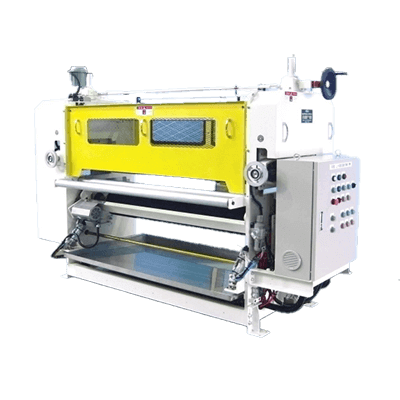What Is a Laboratory Bench?
The top panel is the most crucial part of a laboratory bench, offering high chemical resistance not provided by ordinary tables. Laboratory benches come in various styles, including small side benches, large central benches, units and frames, wood-grain finishes, and robust steel construction. While chemical-resistant tabletops are the minimum requirement, these benches also offer a range of expandable functionalities.
Uses of Laboratory Benches
Laboratory benches are used in specialized settings like chemical labs. They are also common in educational environments such as junior high, high school, and vocational school science labs, as well as in college chemistry departments, hospitals, and corporate labs.
Principle of Laboratory Benches
A laboratory bench consists of a top panel, a supporting top frame, and legs reinforced for rigidity and stability. The selection of these benches focuses on the chemical resistance of the top panel rather than load capacity. The knockdown design allows for various functional configurations, reduced transportation costs, and facilitates large inventories to be assembled on-site.
Expanding Applications With Different Top Surface Materials
1. Chemitect
Chemitect, a chemical-resistant special acrylic resin laminate, is ideal for tops exposed to strong acids and alkalis, with a surface hardness of 4H.
2. Fingerprint-Resistant Melamine Veneer
Best suited for non-chemical areas, fingerprint-resistant melamine veneer reduces fingerprints, light reflection, and stains. It has a brown color and a surface hardness of 7H.
3. Stainless Steel
SUS304 stainless steel offers excellent corrosion and chemical resistance with an aesthetically pleasing hairline finish. It’s durable, but may be scratched by sharp objects or heavy loads.
